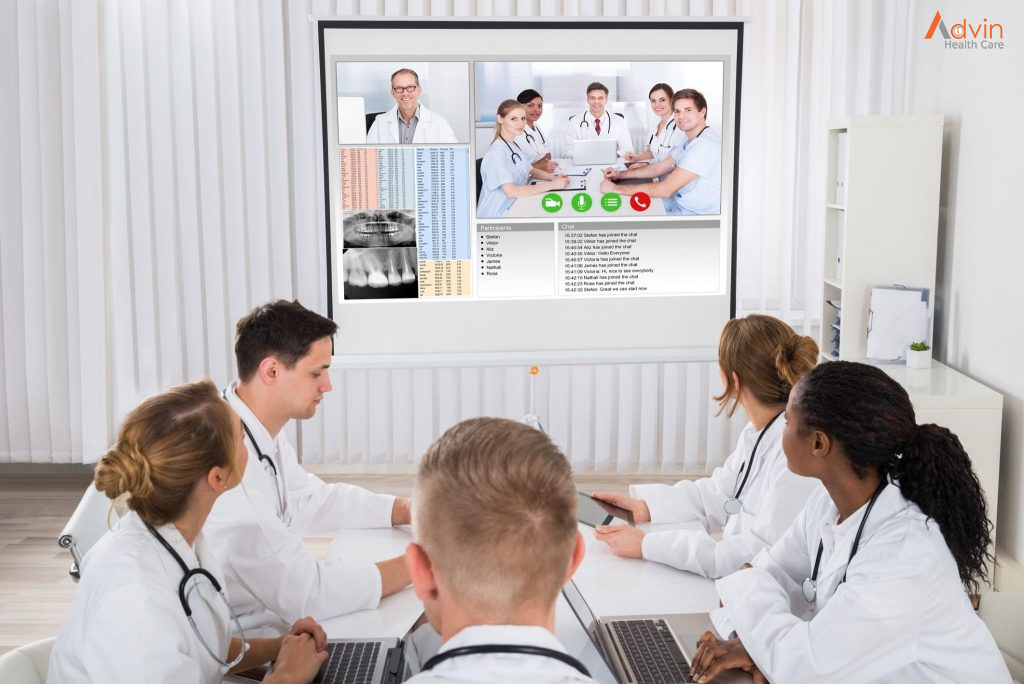The rest of the professional world might have embraced “continuous professional development” a decade or so ago, but it has always been a necessity for the medical professionals.
Billions are spend every year in lectures, seminars, conferences, training programs and related materials for keeping doctors and hospital staff up to date with the latest developments and technologies.
Those are not just for career advancement, as is often the case in other industries, but are demanded by law as a means for medical professionals to maintain their clinical competence.
Such laws can vary by country and specialty (with Arizona, for example, requiring an average of 40 hours of CME every two years, while some countries demand frequent re-certification for doctors and nurses to maintain their licenses).
eLearning technologies are a perfect fit for many aspects of continuing medical education, as they have lower costs, higher flexibility regarding time, require few resources and personnel to deploy, and can be easily updated as material changes.
eLearning is especially apt for situations were clinical or lab practice is not required, but with a capable learning management system it can also work alongside these, in a blended learning scenario.
Let’s see the benefits of E-Learning for CME one by one
Cost
In today’s competitive medical landscape, spending tens of thousands of dollars (or millions, depending on your scale) on fancy training facilities and classrooms is a needless luxury. Factor in the cost of educators and the disruption in your clinic’s workflow due to the scheduling of classes and seminars, and it quickly adds up.
eLearning costs are comparatively trivial, costing less monthly for their overall operation than what it costs to send a single doctor to one of those frequent medical conferences. And, if you opt for a privately hosted or a public Cloud solution, you’ll be able to accommodate the training of tens to tens of thousands of doctors.
Time
As a healthcare professional or hospital manager, you know how precious a resource time is for doctors. Healthcare professionals are notoriously busy and overworked, and finding time for training can be problematic.
With eLearning, which is by nature asynchronous, doctors, nurses and other healthcare professionals can educate themselves at their own pace. And of course eLearning works remotely, enabling them to follow lessons from their office or home.
Updatability
Yes, that’s a word, and yes, it describes the ease with which you can update eLearning content perfectly.
And with techniques, medical theories and medical getting frequently outdated, new drugs being introduced all the time, and doctors having to learn to operate new (and very costly) equipment, you really want that updatability in your learning management system.
A modern LMS platform can trivially incorporate study material provided by the drug company or the medical equipment manufacturer, and of course all kinds of images, videos, visualizations and interactive animations.
This is especially important for medicine, where images and visualizations (x-rays, ECGs, ultrasounds, MRIs, anatomical diagrams and all kinds of scans, graphs and visuals) play a crucial role.
Accountability
eLearning can also be easily monitored, as it offers all the important feedback mechanisms (such as reporting and detailed statistics) to track the progress of individuals and teams and assess their performance.
For example, with the advanced reporting capabilities of our software, you can keep track of courses, groups of learners, or even specific individuals, and even automatically award specific certifications upon the successful completion of a course or a set of courses.
Onboarding
Another use of an eLearning management system in a medium or large medical facility is for employee orientation.
This is the task of introducing new hires to their working environment and giving them the basic information the need to start being productive.
This includes your hospital’s or clinic’s operating procedures, policies, restrictions and guidelines, as well as the ever more important education in professional ethics, and sexual and racial discrimination issues.
Conclusion
eLearning is a perfect fit for a knowledge based profession such as medicine, where being kept up to date is not often crucial but a matter of life and death, time is a scarce resource, and competitiveness means you need to get maximum results with reduced costs.
If you work in a medical organization that hasn’t embraced eLearning yet, it’s not a question of “if” it will eventually embrace it, but of “when”. And that’s not just our opinion, but something that has been proven by the market: healthcare has been the industry with the most eLearning deployments in the US (followed by software and marketing companies).



